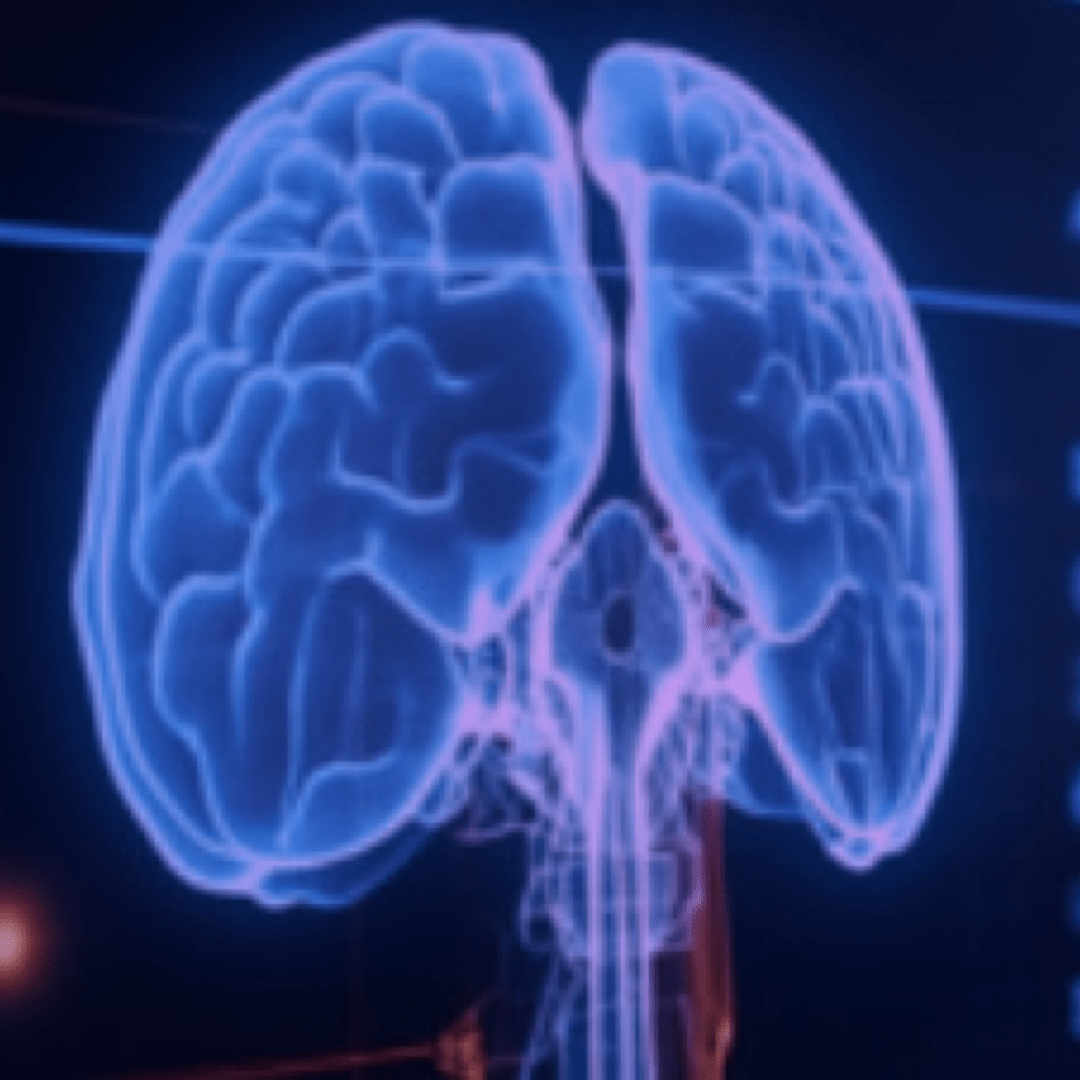In a remarkable collaboration between the Accelerated Capability Environment (ACE) and the NHS’s AI Skunkworks, a groundbreaking tool has been developed to revolutionise the diagnosis of Parkinson’s Disease. By harnessing the power of artificial intelligence (AI), this innovative system automatically identifies areas of interest within brain tissue, significantly expediting the diagnostic process.
Parkinson’s Disease, the world’s fastest-growing neurological disorder, has seen over 10 million diagnoses globally, a number projected to double over the next five decades. With aging being the primary risk factor, accurate diagnosis and thorough grading of the disease from brain tissue after death are essential for comprehensive research, understanding pathological causes, and developing potential treatments. However, assessing brain changes manually is a time-consuming task, taking 4 to 6 hours, which has impeded the pace and scale of research into causative factors and potential therapies.
One of the global challenges in this field is the shortage of trained neuropathologists, and partly automating their work could increase the number of cases they can examine, saving valuable time and resources.
The 12-week project, in collaboration with Parkinson’s UK, the world’s largest membership-based charity, leveraged the charity’s brain bank at Imperial College London. The bank houses over 1,300 brains from individuals with Parkinson’s as well as healthy donors. This collaboration yielded a dataset of 401 digitized brain images of sections immunostained to detect alpha-synuclein (a-syn), a protein considered the pathological marker of Parkinson’s, including 100 control cases from healthy donors.
Polygeist, a member of ACE’s Vivace community, achieved a significant breakthrough in diagnosis by repurposing existing technology to exclude unnecessary brain matter. The team then employed the iDeepColour neural network to synthetically stain brain tissue slides, highlighting and staining areas affected by a-syn. Consequently, areas of interest lit up in bright green, making them readily identifiable. Dividing the original image into squares enabled the counting of green areas, providing a robust indication of disease density.
This pioneering work enabled Polygeist to develop a proof-of-concept classifier with an astounding accuracy rate of approximately 92% for automatically classifying Parkinson’s from digitised brain images, all without any false alarms. This near-perfect score signifies a transformative leap in the speed and accuracy of diagnosis, with the process taking mere minutes compared to the previous 4 to 6 hours.
The potential applications of this AI tool are far-reaching. It allows neurologists to focus more intently on complex cases and holds promise for distinguishing various stages of the disease. Furthermore, researchers are exploring the possibility of identifying proteins that indicate dementia using a similar technique. There is also excitement surrounding the potential use of this technology with brain scans of live patients in the future.
This remarkable collaboration between ACE, the NHS’s AI Skunkworks, and Parkinson’s UK represents a significant leap forward in the field of medical diagnostics. By harnessing the power of AI, this tool has the potential to revolutionise the way we diagnose and understand Parkinson’s Disease, ultimately bringing us closer to more effective treatments and a brighter future for those affected by this debilitating condition.





































